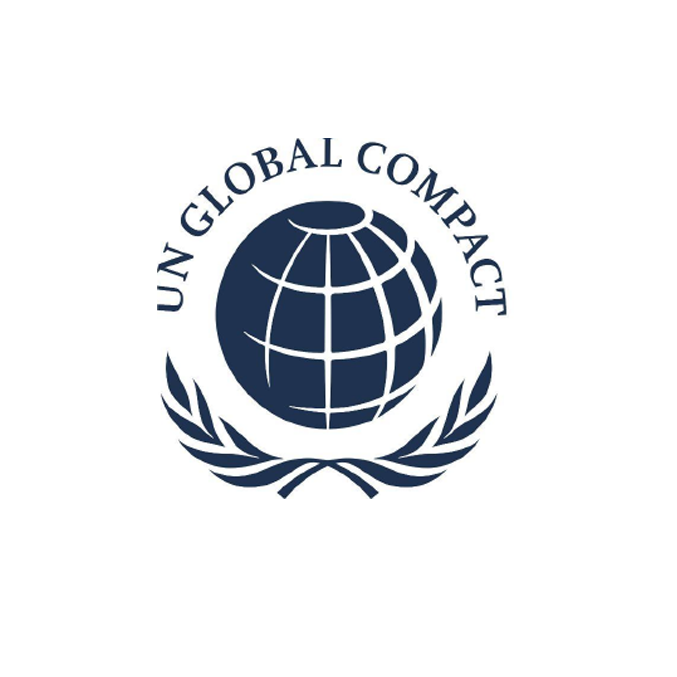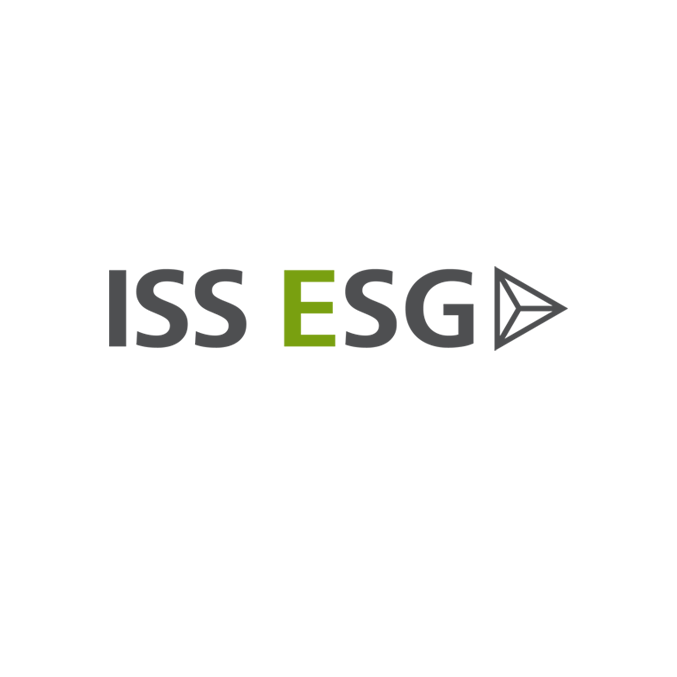Sustainability at Helsana
_width-1240.jpeg)
For Helsana, health and sustainability are two sides of the same coin. Helsana has been committed to life for 125 years – a commitment that extends beyond its direct business activities today and will continue to do so in the future. This makes sustainability a central element of Helsana’s corporate strategy that features at the very highest level of its strategic objectives.
Effective sustainability that is put into practice in a credible manner is not just an isolated project, but a fundamental principle of our entire organisation. As a result, Helsana has created a governance structure to firmly establish and further develop the topic of sustainability at all levels of the organisation as part of an ongoing quest.

The ultimate responsibility for sustainability lies with the Board of Directors, which acts as the strategic management body. Decisions in this area are initially submitted and discussed by the Executive Board under the auspices of the CEO. The central sustainability office is located within Corporate Development. It develops strategic principles, defines objectives and monitors how much progress measures are making. The Head of Sustainability also acts as the central point of contact for the Executive Board and the Board of Directors and coordinates the sustainability organisation throughout the company via the decentralised sustainability team. Close collaboration with the specialist departments that drive sustainability in their field of activity is crucial to our success. Sustainability officers drive the implementation and further development of sustainability in the relevant areas at an operational level.
In the 2023 reporting year, Helsana established full transparency regarding the main sustainability topics for the first time. Helsana performed a materiality analysis in 2023 as the basis for this very first sustainability report and our sustainability strategy. Reporting for 2024 is based on the material topics identified in 2023. The topics are listed in the following overview.

We are aware that the requirements for materiality analyses are constantly evolving, particularly because regulatory and methodological rules are becoming increasingly stringent. This is why we are planning to revise the materiality analysis for the 2025 reporting year, taking into account the latest knowledge and best practices.
In 2024, sustainability was once again a firm feature of Helsana’s strategic target system. Performance in respect of the four quantitative corporate targets was systematically measured and evaluated in the reporting year:

- Proportion of women by management level
The proportion of women in management positions was analysed in detail and steps taken to raise awareness. The proportion of women in middle management was increased and the target was achieved. The proportion of women in top management remained unchanged. - Equal pay
By taking targeted measures, Helsana achieved an inexplicable pay gap of ≤1.0% in the reporting year – a best-practice value that confirms its ongoing commitment to fair and gender-neutral pay. - Climate protection and reduced emissions
The proportion of renewable energy used on the company’s premises has been increased to 100%, due to aspects such as guarantees of origin. At the same time, further progress was made in reducing greenhouse gas emissions from investment properties.
Further information on these corporate targets can be found in chapter “Employees and working environment” under “Diversity and equal opportunities” and in chapter “Climate strategy”.

In 2025, we will continue to systematically address the topics covered by our corporate targets. In order to promote sustainable diversity and equal pay, we are working on boosting the proportion of women in top management and breaking down cultural barriers in the long term. We will also continue to systematically reduce our carbon emissions as part of our net-zero target for 2050, particularly by replacing heating systems and carrying out refurbishment work to improve energy efficiency. Additionally, we will keep reducing greenhouse gas emissions from our investment properties and will launch projects to optimise energy efficiency in operations and to fit smart energy meters in the coming year.
With over two million customers, the Helsana Group is one of Switzerland’s leading health and accident insurers. Our company offers individuals and companies full support in matters related to health and prevention, as well as in the event of illness and accidents. Helsana insures its customers against the financial consequences of illness, accident, maternity and long-term care in old age.
We also develop customised insurance solutions to mitigate the economic consequences of illness or accident-related incapacity for work for more than 60,000 companies and associations with a total of approximately 750,000 insured persons. With a workforce of more than 3,400 employees and a premium volume of CHF 8.2 billion, we are one of the leading providers in the Swiss insurance market.
The shareholders of Helsana Ltd are the two charitable foundations Fondation Sana and Artisana. Helsana Insurance Company Ltd, a company that is not listed on the stock exchange and is a wholly-owned subsidiary of Helsana Ltd., manages compulsory basic insurance under the Federal Health Insurance Act (KVG) as an independent brand within the Helsana Group. Helsana Supplementary Insurances Ltd (HZAG) only offers insurance products under the Federal Insurance Contract Act (VVG). Our diversified insurance portfolio includes supplementary health insurance, long-term care insurance, supplementary hospital insurance, capital insurance and daily allowance insurance for companies and private individuals alike. In addition, Helsana Accidents Ltd (HUAG), a wholly-owned subsidiary of Helsana Ltd, offers insurance products under the Federal Accident Insurance Act (UVG) and the Federal Insurance Contract Act (VVG).

This report documents the sustainability endeavours of Helsana Supplementary Insurances Ltd, Helsana Insurance Company Ltd and Helsana Accident Ltd. It addresses the material topics that we identified as part of the materiality analysis performed in 2023. An overview of the non-financial matters (pursuant to Art. 964b of the Swiss Code of Obligations (CO)) relating to the material topics in this report is shown in the table below. The table also shows which chapters of the report take the recommendations of the Task Force on Climate-related Financial Disclosures (TCFD) into account.

Helsana’s understanding of sustainability is based on credible transparency and effective measures. This is why, as well as fulfilling the statutory requirements (in accordance with Art. 964a–c CO), we base our sustainability management on recognised standards, participate in established ratings and are a member of international initiatives.
Standards for Helsana’s sustainability management
- Greenhouse Gas Protocol (GHG Protocol): the GHG Protocol provides a comprehensive framework for calculating and reporting greenhouse gas emissions. It helps companies to record their emissions systematically and understand the impact their activities have on the climate. We apply the GHG Protocol requirements when calculating our greenhouse gas balance sheet.
- Science Based Targets initiative (SBTi): this initiative formulates requirements and sets a framework for companies that want to set scientifically based climate targets. Helsana is aligning itself with the SBTi targets in order to achieve its overarching climate target of net zero emissions by 2050.
- Task Force on Climate-related Financial Disclosures (TCFD): the TCFD provides recommendations for the disclosure of climate-related financial risks and opportunities. Helsana follows these recommendations in order to report transparently on its strategy and the potential impact of climate change on our business activities.
Participation in ratings, memberships and initiatives
As a leading Swiss health insurer, we have a special responsibility towards our insured persons, employees and society at large. This is why we have made a commitment to the ten principles of the UNGC and are playing our part in working towards the international Sustainable Development Goals (SDGs). The corresponding SDGs are assigned to, and described in, the relevant main chapters.





_width-1240.jpeg)
_width-1240.jpeg)

_width-1240.jpeg)